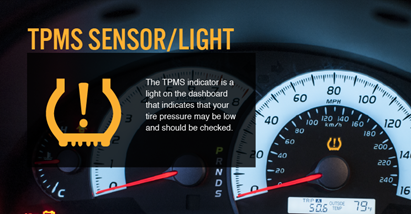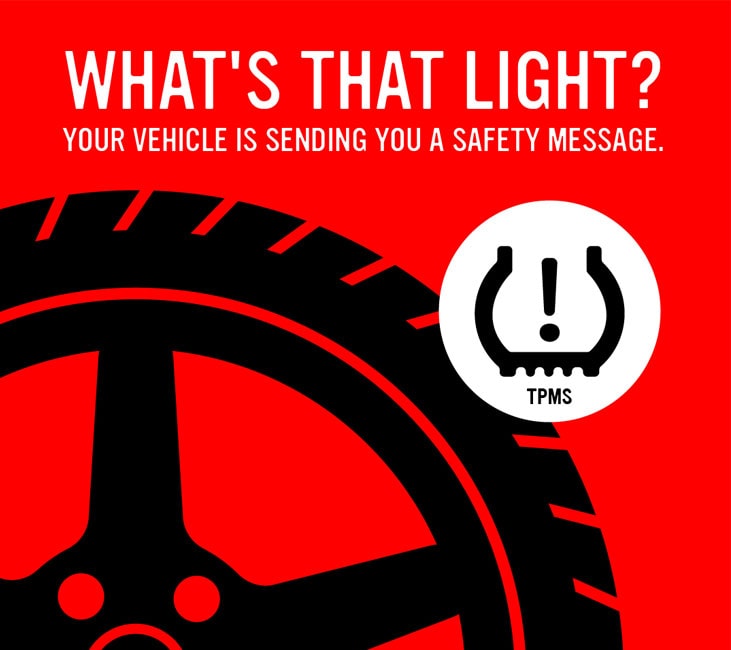When TPMS light blinks, then becomes solid, it indicates a fault in the tire pressure monitoring system. This could be due to a sensor malfunction or low tire pressure.
It’s important to address this issue promptly to ensure the safety and performance of your vehicle. Maintaining proper tire pressure is crucial for safe driving and fuel efficiency. When the TPMS light signals a problem, it’s essential to inspect the tires and sensors.
We’ll explore common reasons for the TPMS blinking then solid, steps to troubleshoot the issue, and the importance of regular tire maintenance. By understanding these aspects, you can ensure your vehicle’s TPMS operates effectively, promoting safe and reliable driving experiences.

Credit: blog.johndow.com

Credit: www.firestonecompleteautocare.com
Frequently Asked Questions Of Tpms Blinking Then Solid
Why Is My Tpms Blinking And Then Solid?
The TPMS (Tire Pressure Monitoring System) blinks and then becomes solid to indicate a fault in the system. It could be due to low tire pressure, a faulty sensor, or an issue with the TPMS module. It is important to get it checked by a professional to ensure your tires are safe and to prevent any further damage.
What Should I Do If My Tpms Light Is Blinking?
If your TPMS light is blinking, it is an indication of a problem with your tire pressure. Check the tire pressure of all your tires and inflate them to the recommended level. If the light continues to blink, schedule an appointment with a technician to diagnose and fix the issue.
Can Low Tire Pressure Cause The Tpms Light To Blink?
Yes, low tire pressure can trigger the TPMS light to blink. When the pressure in your tires drops below the recommended level, it signals a problem with the tire’s integrity. The TPMS detects this and alerts you by blinking the light.
Make sure to regularly check your tire pressure to avoid any safety concerns.
How Do I Reset The Tpms Light After It Becomes Solid?
To reset the TPMS light, locate the reset button usually found inside the glove box or under the steering wheel. Press and hold the button until the light flashes, indicating that the system is resetting. Once the light stops flashing and becomes solid, the TPMS light has been successfully reset.
Conclusion
To sum up, addressing TPMS blinking transitioning to solid signals is crucial for vehicle safety. Ignoring these warnings can lead to potential tire-related issues and compromise road performance. Regularly checking tire pressure and addressing TPMS alerts promptly can enhance driving safety and prolong tire lifespan.
Stay proactive for a smooth and safe driving experience.
